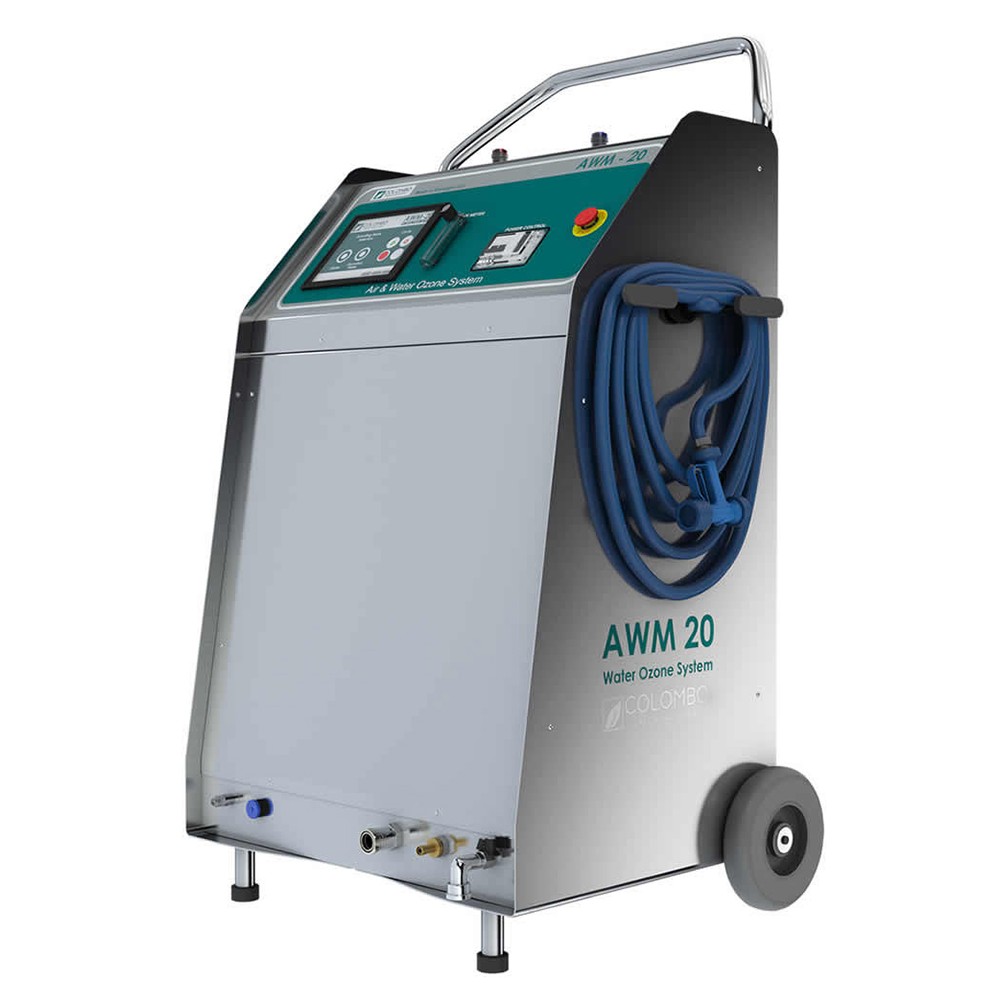
VOLUMETRIC FILLER with pre-set constant volume syringe 0-20ml

VOLUMETRIC FILLER with pre-set constant volume syringe 0-20ml
Environmental Ozone Generator up to 500 m3 - OXYGEN CONCENTRATOR 3 Lt
Laboratory mixer max capacity ml 1000
Stainless steel manual nozzle 40 litres/minute
Manual 120-hole capsule capsule capsule mill between 00 and 4 - 1500 capsules per hour
Set of 2 aphrometers crown caps 26 and 29 and satin corks natural, agglomerated, synthetic
MIXING PADDLE FOR CREAMS, LIQUIDS AND VARIOUS MIXES 200 litres
Laboratory instrument for pH measurement with integrated printer
Appareccho per punto di fusione, Electrothermal
Single-screw floating stator pump 10-2000 rpm - 2-53 hectolitres / hour - THREE-PHASE INVERTER...
Housing 1-cartridge filter system
Air-cooled liquid chillers - Super low noise acoustic configuration 382 ÷ 1945 kW
NITROGEN GENERATOR CHALLENGER SERIES 70 m³ / hour